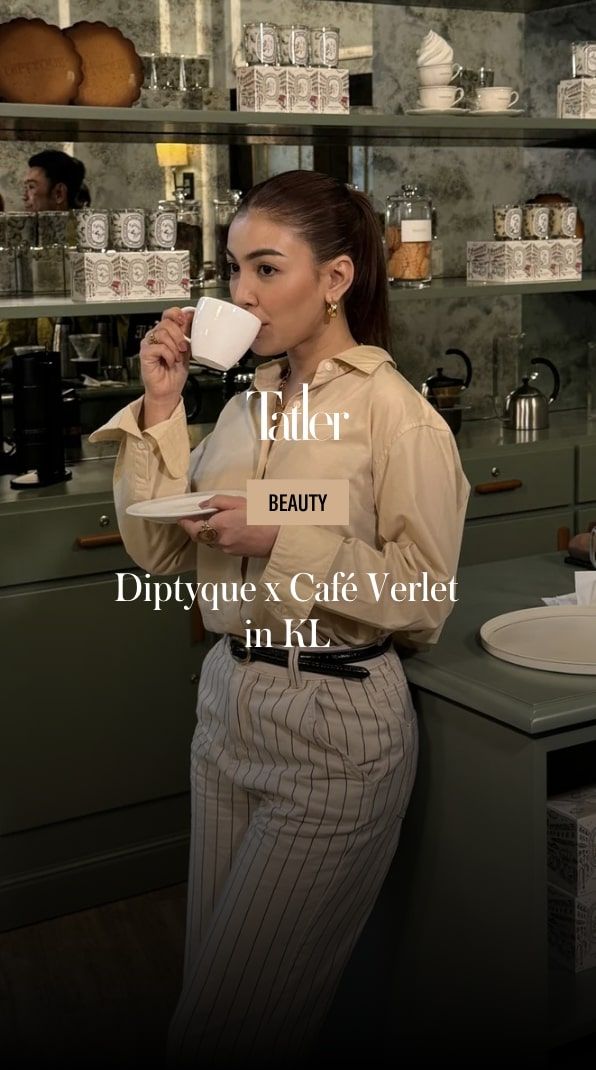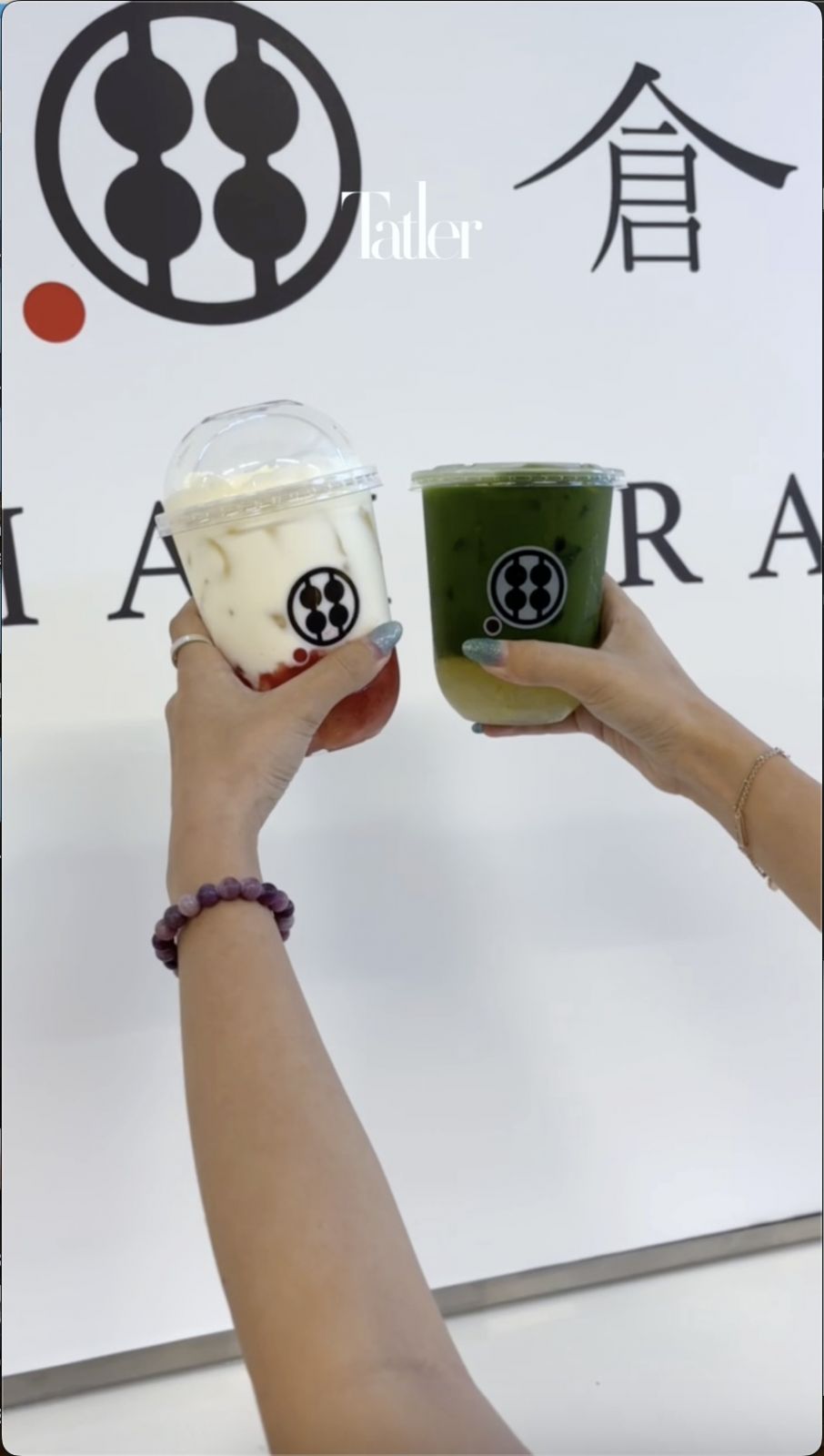Welcome the Year of the Snake with design tips from two feng shui masters on how to create spaces that nurture both mind and spirit
As we step into the Year of the Snake (2025), the art of feng shui takes on new significance in the realm of home interior design. Rooted in centuries of wisdom, feng shui offers a timeless approach to creating spaces that inspire well-being and balance.
To delve deeper into how these principles can be adapted to modern homes, we spoke with two renowned feng shui masters, Cliff Tan and Clarice Chan. Together, they shed light on how to design spaces that resonate with the Snake’s introspective and adaptive energies, fostering wellness in every corner of the home.
Read more: Chinese New Year 2025: 5 home makeover tips for the Year of the Snake




Slow and Steady
The Year of the Snake is imbued with Yin Wood energy, symbolising growth, introspection and adaptability. According to Tan, this year’s energies encourage a calm, calculated approach to life, promoting slow yet steady progress. Chan adds that the Snake’s wisdom and grace provide the perfect foundation for creating spaces that support reflection and tranquillity.
“Yang Wood, as seen in the Dragon, represents strength, vitality and resilience—like tall trees with firm trunks. In contrast, Yin Wood, embodied by the Snake, is more like creeping vines and flowers, which symbolise adaptability, creativity and enduring growth under gentler conditions,” Chan explains.



























